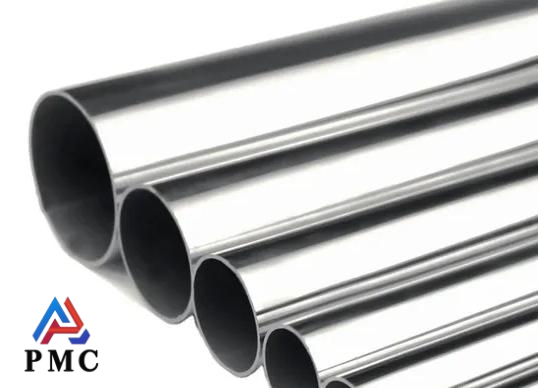
How to Remove Burrs from 304 Stainless Steel Pipes?
In the production process of 304 stainless steel pipes, welding is the main "source" of burrs. When welding, the current is highly concentrated at the weld, causing it to quickly heat up to a molten state. Then, the extrusion rollers begin to work and apply lateral pressure to the weld. Under the action of this extrusion force, excess metal and oxides will accumulate on the upper part of the weld, forming burrs on the outer surface. At the same time, another part of excess metal and oxides, under the dual action of extrusion force and gravity, sag on the inside along the axis of the steel pipe, thus forming internal burrs. The burrs are left over from the processing of 304 stainless steel pipes, which will reduce the quality standards of the products. Today, Permanent Steel Manufacturing Co., Ltd will give you a summary of how to remove burrs from 304 stainless steel pipes.
1. Manual deburring
Use files, sandpaper and tools to polish 304 stainless steel pipes and remove burrs. This method does not require high technical skills of workers. This method is suitable for products with small burrs and simple structures. Therefore, it is also widely used in general enterprises to remove burrs. However, the cost of manual deburring is high, and the efficiency of deburring is not very high.
2. Punching and deburring
Punching and deburring are carried out by processing the die on the punching machine. The punching die requires a certain amount of rough and fine punching die, and it may be necessary to make a finishing die. It is suitable for simple products, and the efficiency and effect of deburring are better than manual methods.

3. Grinding Deburring
The method of removing burrs from steel pipes by vibration, sandblasting and rollers is widely used by enterprises. However, the problem with grinding deburring is that it is sometimes not removed cleanly and may require subsequent manual processing or other deburring methods.
4. Chemical deburring
The chemical deburring method uses the principle of electrochemical reaction to automatically and selectively remove burrs on 304 welded pipes. This method is suitable for internal burrs that are difficult to remove, especially for products that require burr-free inner walls.
5. Electrolytic deburring
The method of removing burrs from 304 stainless steel tubes by electrolysis may have certain side effects, because the electrolyte is corrosive, and the stainless steel tube will also be affected by electrolysis, the surface will lose its gloss, and even affect the dimensional accuracy.
Therefore, the workpiece should be cleaned after electrolytic deburring to avoid rusting. This method is suitable for removing cross hole burrs on hidden parts and complex parts of products. The production efficiency is high, and the operation usually takes only a few seconds to tens of seconds.
6. Ultrasonic deburring
The propagation of ultrasonic waves can also generate instantaneous pressure, which can be used to remove burrs on 304 stainless steel pipes. This method has high precision and is mainly used to remove microscopic burrs that can only be observed through a microscope.
Conclusion
The burrs of 304 stainless steel pipes are mainly caused by metal extrusion and accumulation during welding. To solve this problem, we introduced a variety of deburring methods such as manual grinding, punching and stamping, grinding, chemical and electrolytic, and ultrasonic technology. These methods have their own advantages and disadvantages. Manual grinding is simple but inefficient. Punching and stamping are suitable for simple products. Grinding needs to be combined with other methods. Chemical deburring is suitable for internal burrs. Electrolytic deburring is fast but has side effects. Ultrasonic technology has high precision. In actual applications, you can choose the most suitable deburring method according to the specific conditions of the steel pipe, such as burr size, product structure, production scale, etc., to achieve the ideal effect.
Read more: Thermal Conductivity of 304 Stainless Steel Pipes


